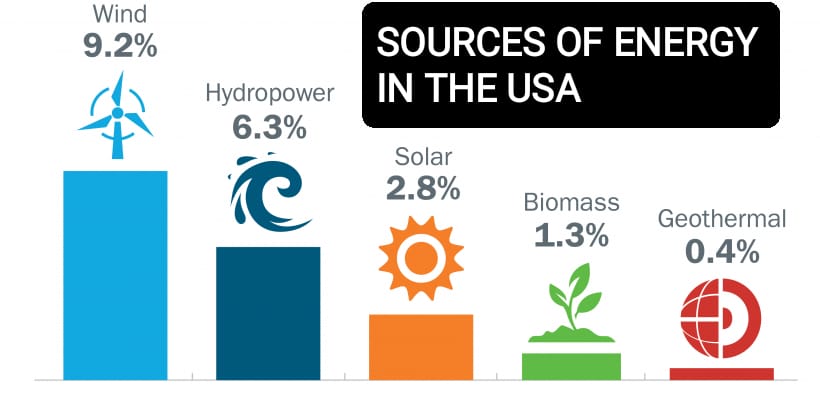A Beginner’s Guide to Distributed Energy Storage Systems
A Beginner's Guide to Distributed Energy Storage Systems
Introduction
Hey there, energy enthusiasts! If you’ve ever wondered about the future of sustainable power, you’re in for a treat. Today, we’re diving into the world of Distributed Energy Storage Systems (DESS), the game-changers in the realm of renewable energy. Buckle up for an electrifying journey through the basics of DESS and why it’s a vital player in the transition to a greener, cleaner planet.
Section 1: Demystifying Distributed Energy Storage Systems
Let’s kick things off by demystifying the jargon. What exactly is a Distributed Energy Storage System? Well, it’s a fancy term for a network of energy storage units spread out across various locations. These units can store excess energy generated from renewable sources like solar panels or wind turbines, and release it when needed. Think of it as a smart, eco-friendly battery system for the entire community.
Section 2: The ABCs of DESS Components
Now, let’s break down the components that make up a DESS. Imagine a superhero team, each member with a unique power. In our DESS world, the key players are batteries, power electronics, and a brainy controller. Batteries store the energy, power electronics manage the flow, and the controller orchestrates the whole operation, ensuring efficiency and reliability.
Section 3: How DESS Works Its Magic
Transitioning to the active voice, let’s delve into how DESS works its magic. When the sun is shining or the wind is blowing, renewable sources generate more energy than needed. Instead of letting this excess energy go to waste, DESS stores it in batteries. Later, when the demand for electricity peaks, the stored energy is released, saving the day by reducing reliance on conventional power sources.
Section 4: The Environmental Superpowers of DESS
Now, let’s talk about the environmental superpowers of DESS. By optimizing the use of renewable energy, DESS significantly reduces greenhouse gas emissions. It’s like turning down the volume on our carbon footprint. As we embrace DESS, we take a giant leap toward a cleaner, healthier planet, paving the way for a sustainable future.
Section 5: Real-world Applications of DESS
Time to explore the real-world applications of DESS. Picture a bustling city or a remote village—DESS can be deployed anywhere. From powering homes and businesses to supporting critical infrastructure during emergencies, DESS proves its versatility. It’s a reliable sidekick, ensuring a constant and stable energy supply, even when the weather decides to be unpredictable.
Section 6: The Future Beckons – Challenges and Innovations
As we look to the future, it’s essential to acknowledge the challenges and ongoing innovations in the DESS realm. Issues like cost and scalability are being tackled head-on by researchers and engineers. Exciting advancements, such as new battery technologies and improved system integration, promise to make DESS even more accessible and efficient.
Conclusion: Joining the Energy Revolution
In conclusion, Distributed Energy Storage Systems are the unsung heroes in our quest for a sustainable energy future. They’re not just futuristic concepts—they’re here, making a difference today. By understanding the basics and embracing the potential of DESS, we become active participants in the global energy revolution.


